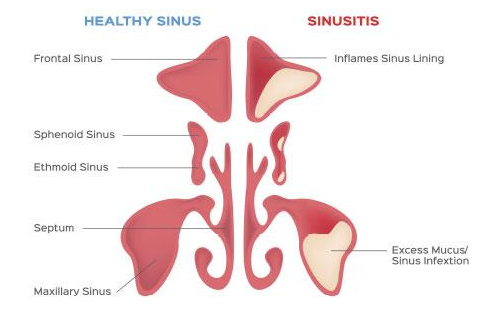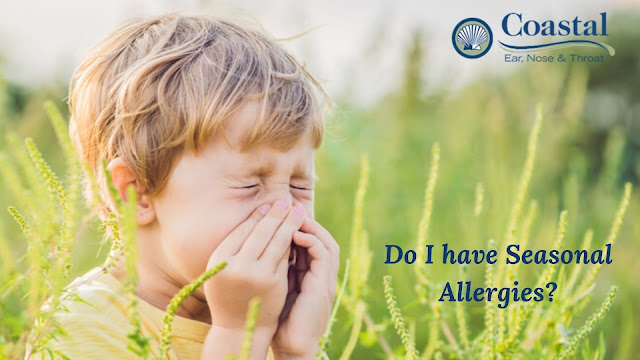Allergies, Sinuses & Asthma: How Do I Properly Wear a Mask?
Masks are our new normal to reduce the viral spread of COVID-19. While this has been a bigchange, patients with allergies, sinuses, and asthma have experienceddifficulty breathing while wearing a mask. Just because you have issues wear while wearing a mask, does not mean that you should not wear the mask. Those with asthma and respiratory issues are considered a high-risk group for COVID-19.
Wear a cloth mask
Unless you are a healthcare worker, then you probably do not need the surgical mask, N95 or full-filtering mask. These can be too restrictive to those with asthma. As an alternative, find a cloth mask that is comfortable and efficient in reducing the viral spread.
Clean your mask daily
Cleaning your mask daily can prevent or decrease allergy reactions, sinus infections, or asthma flair ups as the mask can collect dust and pollen, in addition to exposure to COVID-19. Wash your mask when necessary.
Do not wear your mask longer than necessary
Wearing a mask is vital and most useful when in aconfined space around otherswhen social distancing is not possible or where local government and health departments mandate mask use.
Do not go outside if there is a high pollen count or humidity
Check your local weather report for updated pollen count and/or high humidity as these can make it tough to breathe outside while wearing a mask. Ideally, plan to spend the day indoors and keep the windows shut. Continue to be proactive about your allergy and asthma treatments.




Comments
Post a Comment